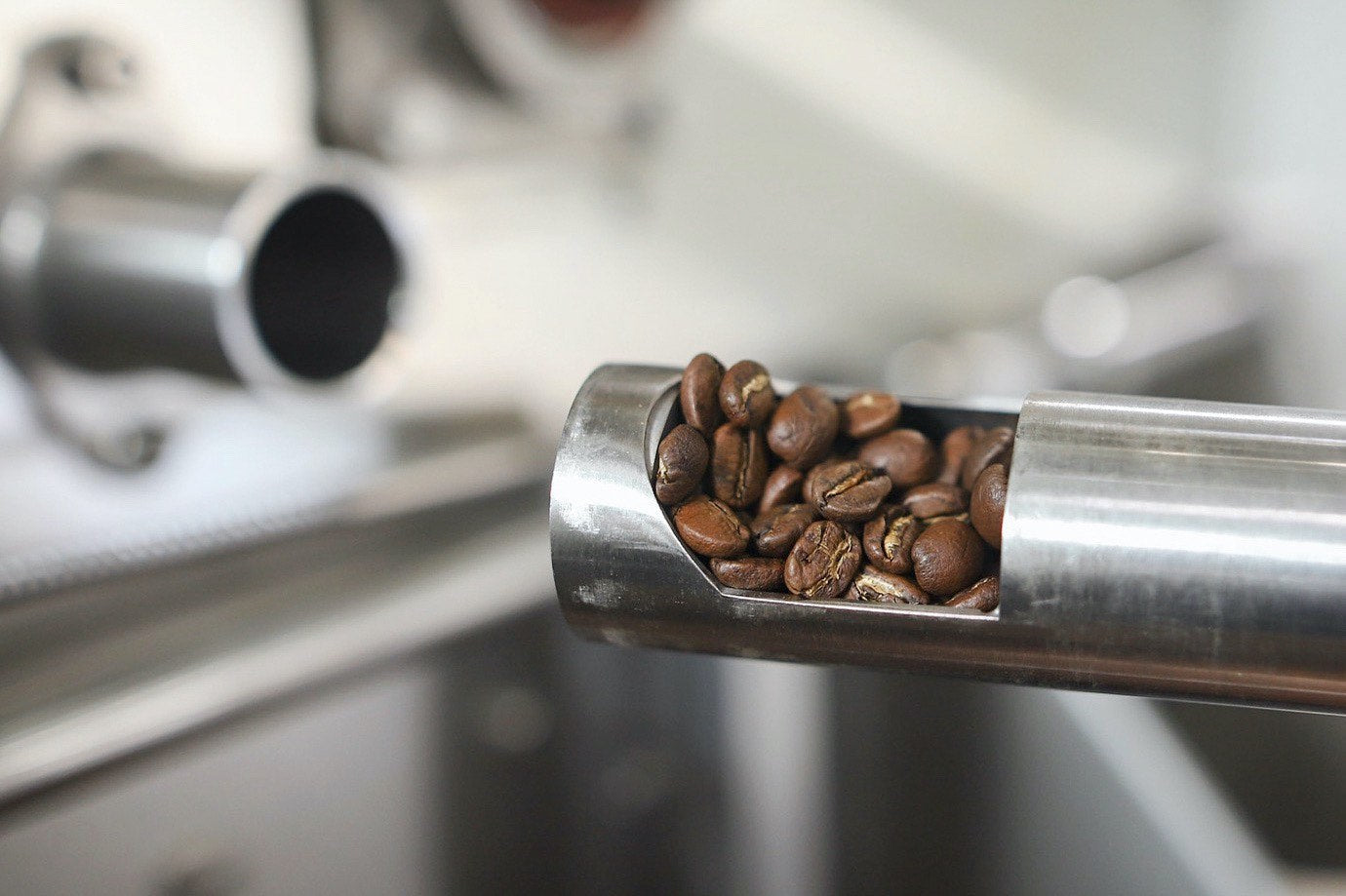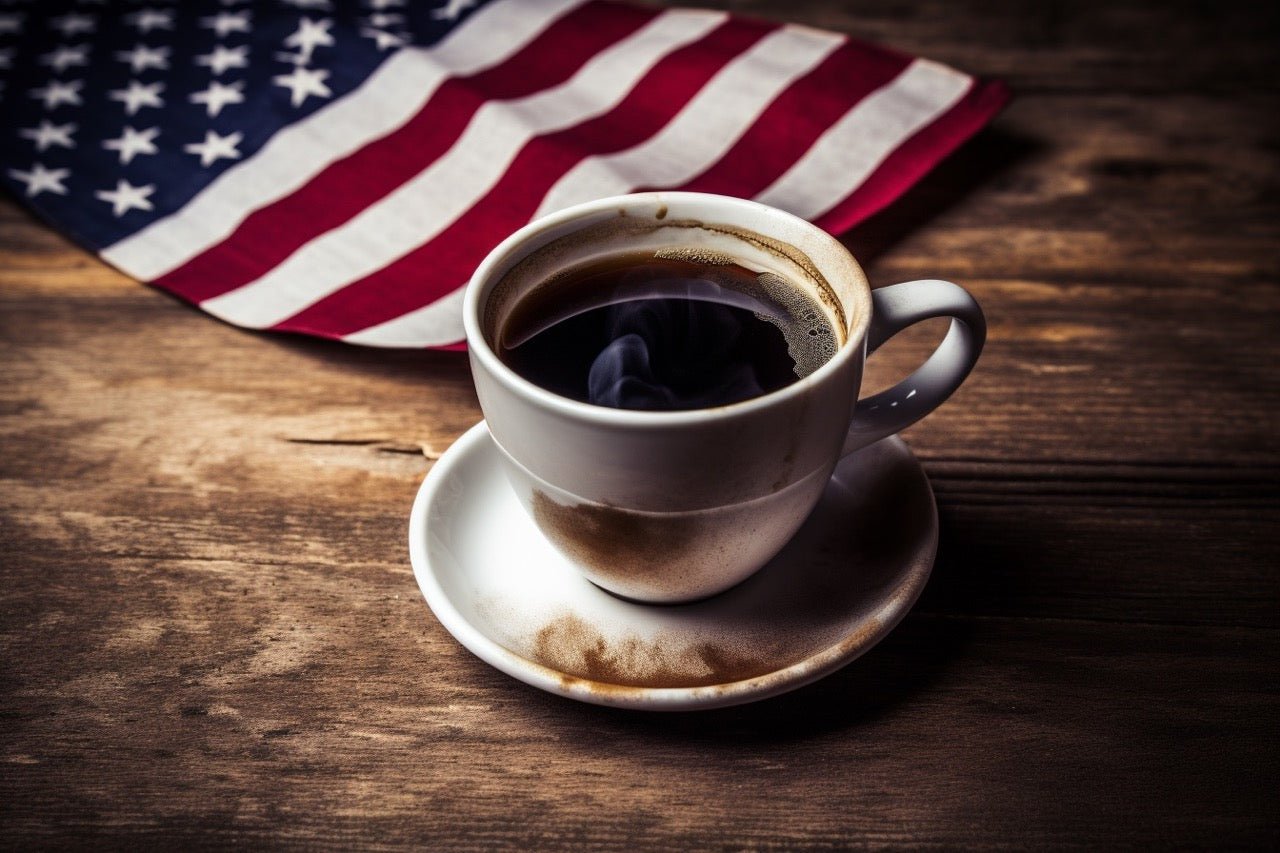Understanding the difference between coffee roast levels is one of the most-misunderstood parts about the coffee world. Many coffee consumers still refer to the coffee they like as “strong,” when the word has nothing to do with the roast level that they are wanting. They may mean strong as in more caffeine, slightly over-extracted, or they may be meaning they want their coffee to be a dark roast.
Knowing the differences in the roast levels of coffee is one of the best ways for a consumer to properly order the coffee they like. It helps a coffee shop-goer understand the different coffees being served, no matter where they go for their favorite latte. Knowing the difference between a light, medium, and dark roast is going to help the average coffee goer sound like a coffee connoisseur.
The Different Roast Levels
Light Roasts
Lightly roasted coffee became more popular in the “third-wave” of the coffee industry, in which local small-batch roasters started to spring up across the country. These roasters are famous for serving light roast coffee in their shops. Light roasts are usually single-origin, meaning they come from a particular country or region.
Light roasts start with a “Nordic” roast, which is too underdeveloped to be properly enjoyed. The next step in the roasting process is a “City” roast, which many shops will serve, especially at the slow bar where they might serve a pour-over or Chemex. City + is slightly more roasted and developed and more accessible to the average coffee consumer.
Medium Roast
Most coffee drinkers will be more familiar with a medium roast. These are popular as “house” roasts in diners, cafés, and coffee shops around the world. Everywhere from Dunkin Donuts to Starbucks to the local shop on the corner is going to have a medium roast. They could be a blend of several different coffees or served as a single-origin.
A medium roast is going to be Full City or Full City +, these beans are more developed than the light roasts but have yet to develop the smoky, ashy, or burnt flavor profiles that the darker roasts will yield. Medium roasts are a nice balance and accessible for most every coffee drinker.
Dark Roast
Dark roasted coffee is what was most popular until recently, and many coffee drinkers still prefer their coffee at this level in the roasting process. Coffee companies like Starbucks are famous or having a dark roast.
One of the negatives of a dark roast is that it is developed so much that many of the native flavor notes and aromas of a particular bean become lost in the process. However, some coffee regions, such as Sumatra or Costa Rica, are known for producing an excellent dark roast.
Some of the qualities that signal a bean is dark are the oily texture on the surface of the beans, a dark brown or black color of the beans, and a smoky or dark chocolate flavor. Darker roasts are also much lighter, as more of the moisture has been roasted out of the beans.
There are several dark roasts. Vienna roasts bridge the gap between medium and dark. French roast is a true dark roast. An Italian roast is famous for being one of the darkest levels in the roasting process. Darker still is a Spanish roast, where the only flavor notes remaining will be smoky, charcoal flavors.
There is no right or wrong roast level for a coffee bean. It all depends on the preference of the drinker. There are, however, certain beans that will flourish more at a lighter roast level, and others that will taste better as they have been developed more as a medium or dark roast. The important thing is for a coffee consumer to try them all to determine which one they enjoy the most!


